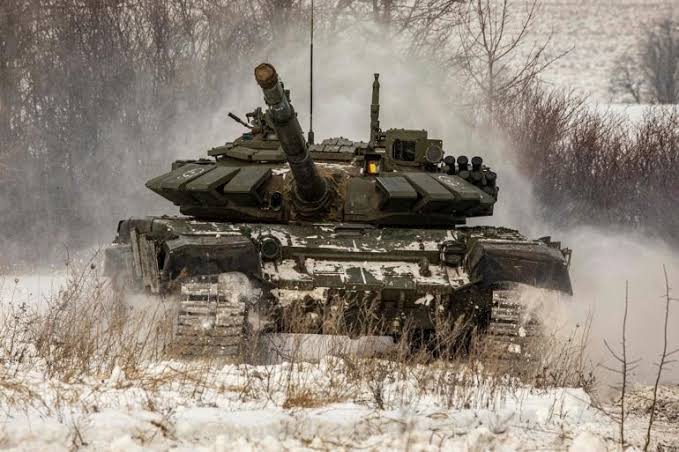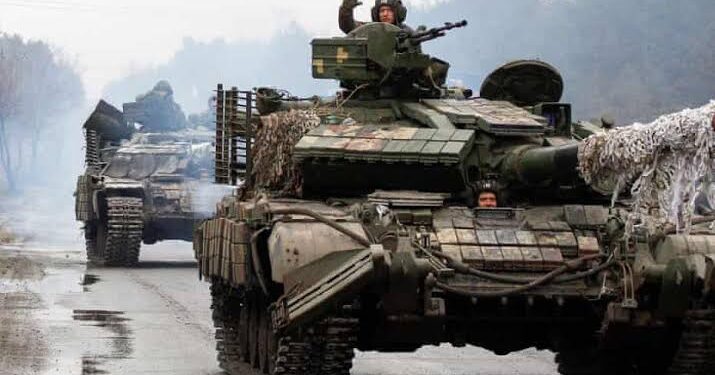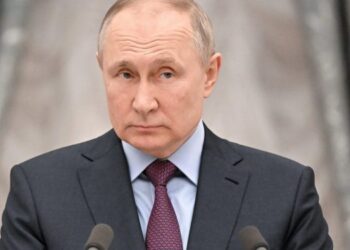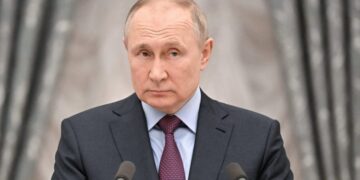It’s been three days since Ukraine launched a bold attack on Russia’s border in the Kursk region, a move that has significantly rattled Moscow and prompted the top arms manufacturer to call up reserves.
Details of the Assault
The assault marks one of Ukraine’s most significant operations against Russia to date. Early on August 6, approximately 1,000 Ukrainian troops breached the Russian border with tanks and armored vehicles, supported by drone swarms and heavy artillery. Ukrainian forces advanced through the fields and forests towards the northern part of the border town of Sudzha, which remains the last operational trans-shipping point for Russian natural gas to Europe via Ukraine.
Strategic and Political Implications
The battles around Sudzha occur at a critical moment in the conflict, as Kyiv is concerned that U.S. support might diminish if Republican Donald Trump wins the November presidential election. Trump has promised to end the war, and both Russia and Ukraine are eager to secure the strongest possible bargaining position on the battlefield. Ukraine aims to pin down Russian forces, who control 18% of its territory, though the strategic significance of Ukraine launching the attack is not yet clear. The Ukrainian army has remained silent on the Kursk offensive, to the extent of leaving its strongest backer out of the loop. The White House had stated that the United States had no prior knowledge of the attack and would seek more details from Kyiv.

Reactions from Russia
President Vladimir Putin labeled the attack as a “major provocation.”
Former Russian President Dmitry Medvedev suggested that the Ukrainian attack was intended to force Russia to reallocate resources from the front lines and to demonstrate to the West that Ukraine is still capable of fighting. He also advised Putin to consider expanding the war aims to include taking all of Ukraine.
“From this moment on, the SVO (Special Military Operation) should acquire an operative-territorial character,” one official said, adding that Russian forces should advance to cities such as Odesa, Kharkiv, Dnipro, Mykolayiv, Kyiv, “and beyond.” He added, “We will stop only when we consider it acceptable and profitable for ourselves”.
Some Russian bloggers have criticized the state of border defense in the Kursk region, suggesting it had been too easy for Ukrainian forces to penetrate.
Russian Military Response
Russia’s most senior general, Chief of General Staff Valery Gerasimov, reported to Putin on Wednesday that the Ukrainian offensive had been halted in the border area.
Despite these statements, multiple pro-Russian military commentators reported that battles continued into Thursday and that civilians were being evacuated. Yuri Podolyaka, a pro-Russian military blogger, noted that Sudzha had essentially been lost and described it as an important logistics hub. He added that Ukrainian forces were pushing north towards Lgov.
In general, the situation is described as difficult and deteriorating, despite a noticeable decrease in the pace of the Ukrainian offensive.
Impact on Gas Supply and Security Measures
Gas was still flowing through Sudzha via the Urengoy–Pomary–Uzhhorod pipeline, which carried about 14.65 billion cubic meters of gas in 2023, accounting for about half of Russia’s gas exports to Europe. Russia’s National Guard has reportedly increased security around the Kursk nuclear power station, located about 60 km northeast of the town.

















